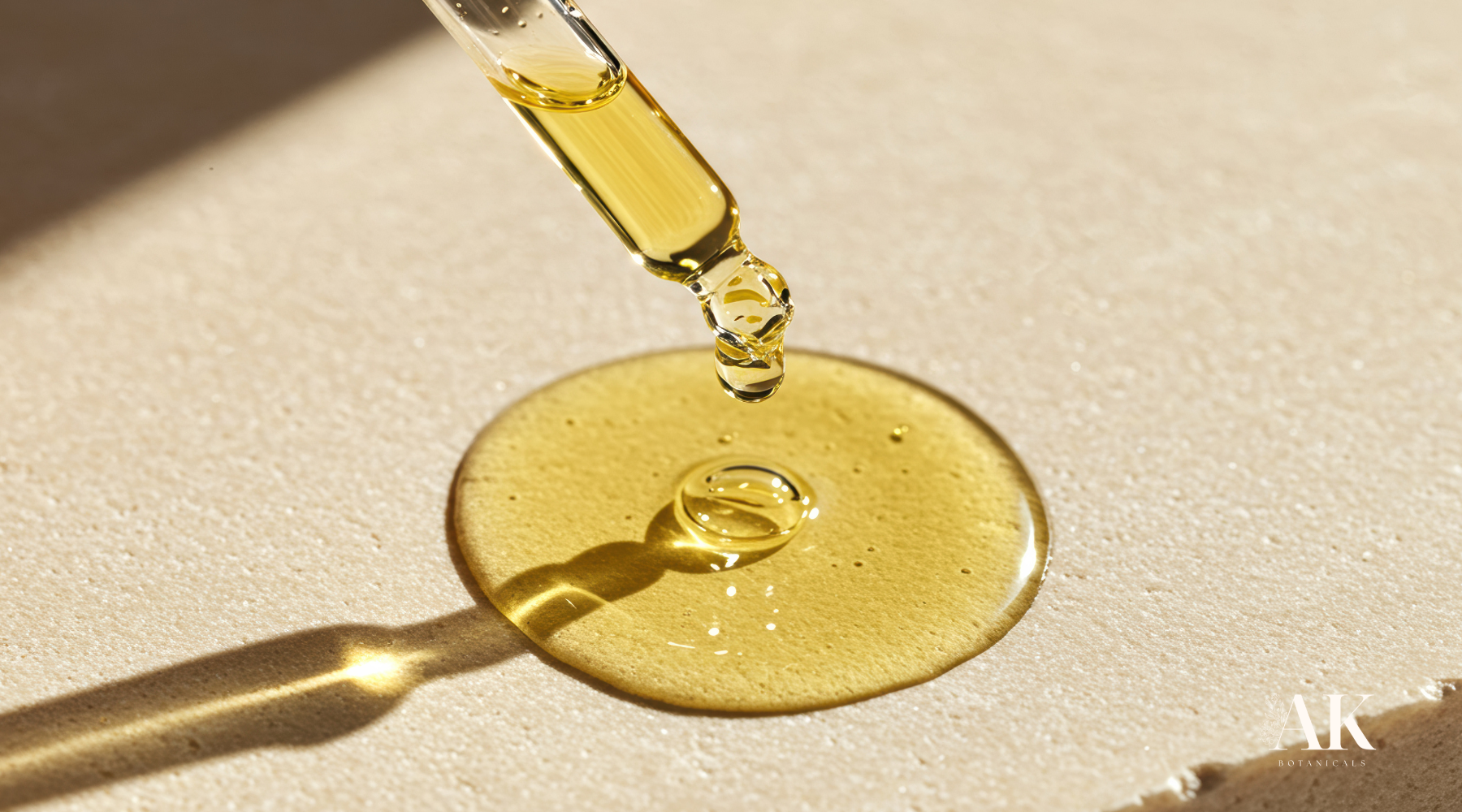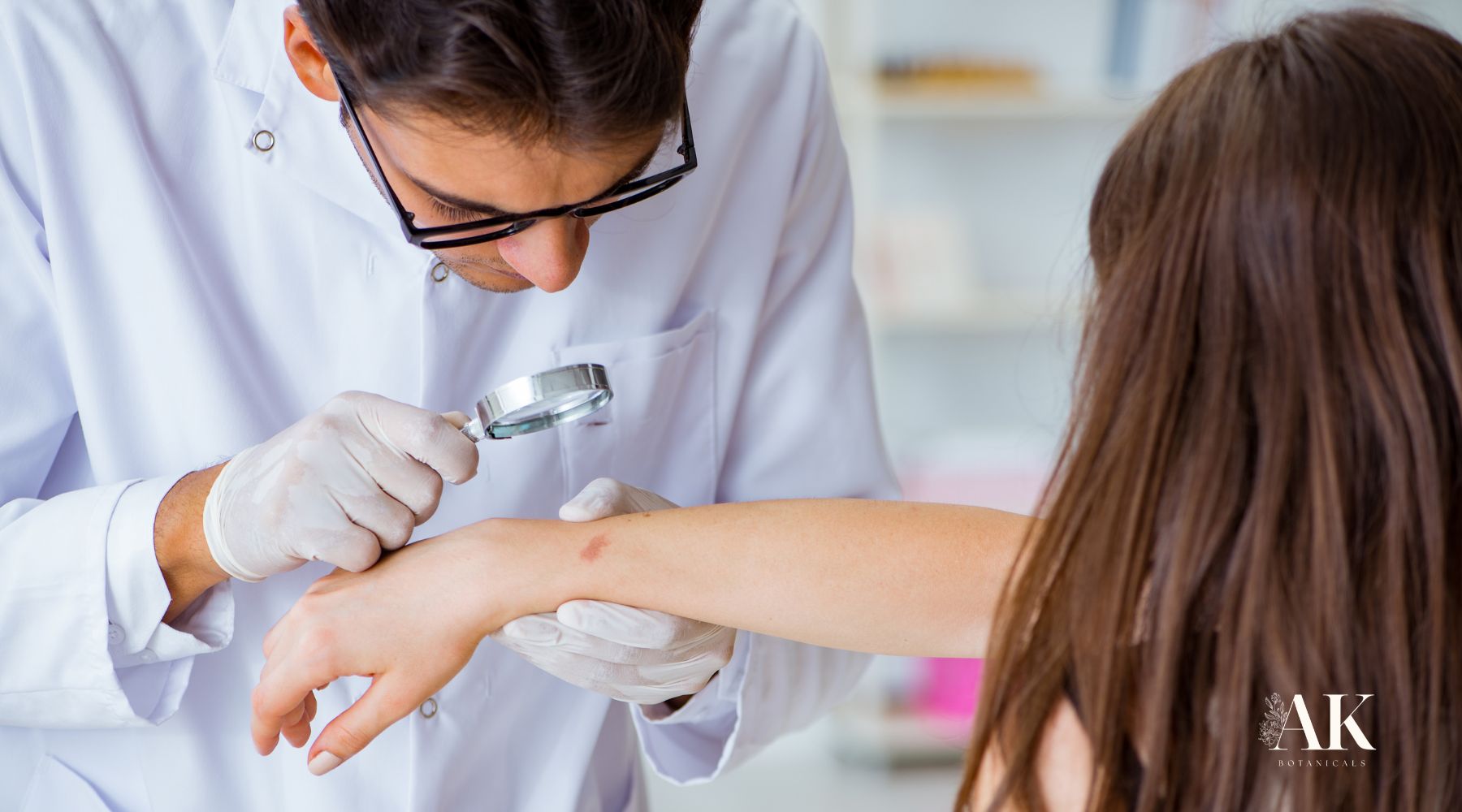
What You Need to Know About Hypertrophic Actinic Keratosis
When it comes to skin health, knowledge is power. Hypertrophic actinic keratosis (AK) is a condition that serves as a vital reminder of the importance of sun protection and early detection. This thickened, scaly lesion is caused by prolonged sun exposure and UV damage, making it a key concern for anyone who spends time outdoors.

What Is Hypertrophic Actinic Keratosis?
Hypertrophic actinic keratosis is a subtype of actinic keratosis, often regarded as precancerous because it can progress to squamous cell carcinoma (SCC) if left untreated. It is characterized by its distinct features:
Appearance
Raised, rough patches with a thick, wart-like texture. These lesions are often red or brown.
Location
They commonly develop on sun-exposed areas such as the face, scalp, hands, and forearms.
Symptoms
The patches may feel rough to the touch and sometimes itch, sting, or cause mild discomfort.
Hypertrophic actinic keratosis happens because of long-term damage to the skin from the sun's UV rays. This damage causes skin cells (keratinocytes) to grow abnormally. Over time, these changes can make the cells look different than normal and raise the risk of turning into skin cancer (SCC). If you're looking into bowenoid actinic keratosis, you'll notice that both types show similar unusual cell changes and growth patterns.
Why Hypertrophic Actinic Keratosis Early Detection Matters
Hypertrophic AK carries a higher risk of progressing to SCC compared to other types of AK. This makes early detection and intervention critical. Regular self-exams and visits to a dermatologist can help identify changes in your skin and address them before they escalate.
Hypertrophic Actinic Keratosis Treatment Options
Several effective treatments are available for hypertrophic AK, depending on the severity of the lesion and the patient’s overall health. These include:
Cryotherapy
This involves freezing the lesion with liquid nitrogen to destroy abnormal cells. It is a quick, in-office procedure that is particularly effective for smaller lesions.
Topical Medications
Prescription creams such as 5-fluorouracil or imiquimod are designed to target and eliminate damaged cells. These treatments are especially useful for widespread areas of AK.
Curettage and Electrosurgery
This procedure involves scraping off the lesion (curettage) followed by the application of heat (electrosurgery) to destroy any remaining abnormal cells. It is often used for thicker lesions characteristic of the hypertrophic type.
Photodynamic Therapy (PDT)
PDT combines a light-sensitive drug with a specific light source to destroy damaged cells while sparing healthy tissue. It is a less invasive option that works well for multiple lesions or areas.
Surgical Excision
For lesions suspected of progressing to SCC, complete surgical removal may be recommended to ensure all abnormal tissue is eliminated.
Alternative Solutions for Skin Health
For individuals seeking non-invasive alternatives to support their skin's health and address sun-related damage, AKti-Clear offers an innovative approach. AKti-Clear is a skincare solution designed to promote healthier skin by targeting sun-damaged areas. Its carefully formulated ingredients help reduce the appearance of spots and support skin renewal, making it a valuable addition to your overall skin care routine.
Including AKti-Clear in your daily regimen, alongside protective measures such as broad-spectrum sunscreen and regular dermatological check-ups, can enhance your efforts to maintain healthier skin and mitigate the long-term effects of UV exposure.
Your dermatologist will recommend the best course of action based on the lesion’s characteristics, the pathology of hypertrophic actinic keratosis, and your medical history.
Understanding Hypertrophic Actinic Keratosis Pathology
From a pathological perspective, hypertrophic actinic keratosis exhibits distinct features under the microscope. These include:
Hyperkeratosis
A thickened stratum corneum, often with parakeratosis (retained nuclei in the keratin layer).
Acanthosis
Thickening of the epidermis due to increased keratinocyte layers.
Cellular Atypia
Abnormal cells are confined to the lower epidermis, a hallmark of its precancerous nature.
Inflammatory Infiltrate
In some cases, there is an accompanying inflammatory response in the dermis.
These features help differentiate hypertrophic AK from other conditions, such as psoriasis or seborrheic keratosis. For those exploring the pathology outlines of bowenoid actinic keratosis, note the presence of full-thickness atypia and a closer resemblance to SCC in situ, which underscores the importance of accurate diagnosis.
Living With and Managing Hypertrophic Actinic Keratosis
Receiving a diagnosis of hypertrophic AK can be concerning, but with proper care and vigilance, it is manageable. Understanding your condition, including the pathology and treatment options for hypertrophic actinic keratosis, empowers you to make informed decisions about your health.
For patients undergoing treatment, adherence to prescribed therapies is vital. Healing times vary depending on the treatment method, but most options are effective with minimal downtime. Post-treatment care often includes moisturizing the treated area, avoiding sun exposure, and following up with your dermatologist.
Hypertrophic actinic keratosis is more than just a cosmetic concern—it’s a potential warning sign of skin cancer. By staying vigilant about sun protection and seeking prompt medical attention for suspicious lesions, you can safeguard your skin and overall health.
At AK Botanicals, we emphasize holistic healing. Balancing medical interventions with lifestyle adjustments fosters not only recovery but long-term resilience.
Prevention and Long-Term Skin Health
Hypertrophic actinic keratosis is more than a cosmetic issue—it’s a call to action for better sun protection and skin care. Preventive measures include:
- Using a broad-spectrum sunscreen with SPF 30 or higher.
- Wearing protective clothing and wide-brimmed hats
- .Avoiding peak UV hours (10 a.m. to 4 p.m.).
- Regular self-examinations and dermatological check-ups.
At AK Botanicals, we’re here to guide and support you through your journey to healthier, radiant skin. Stay informed, take preventive measures, and embrace holistic care to nurture your skin naturally.




